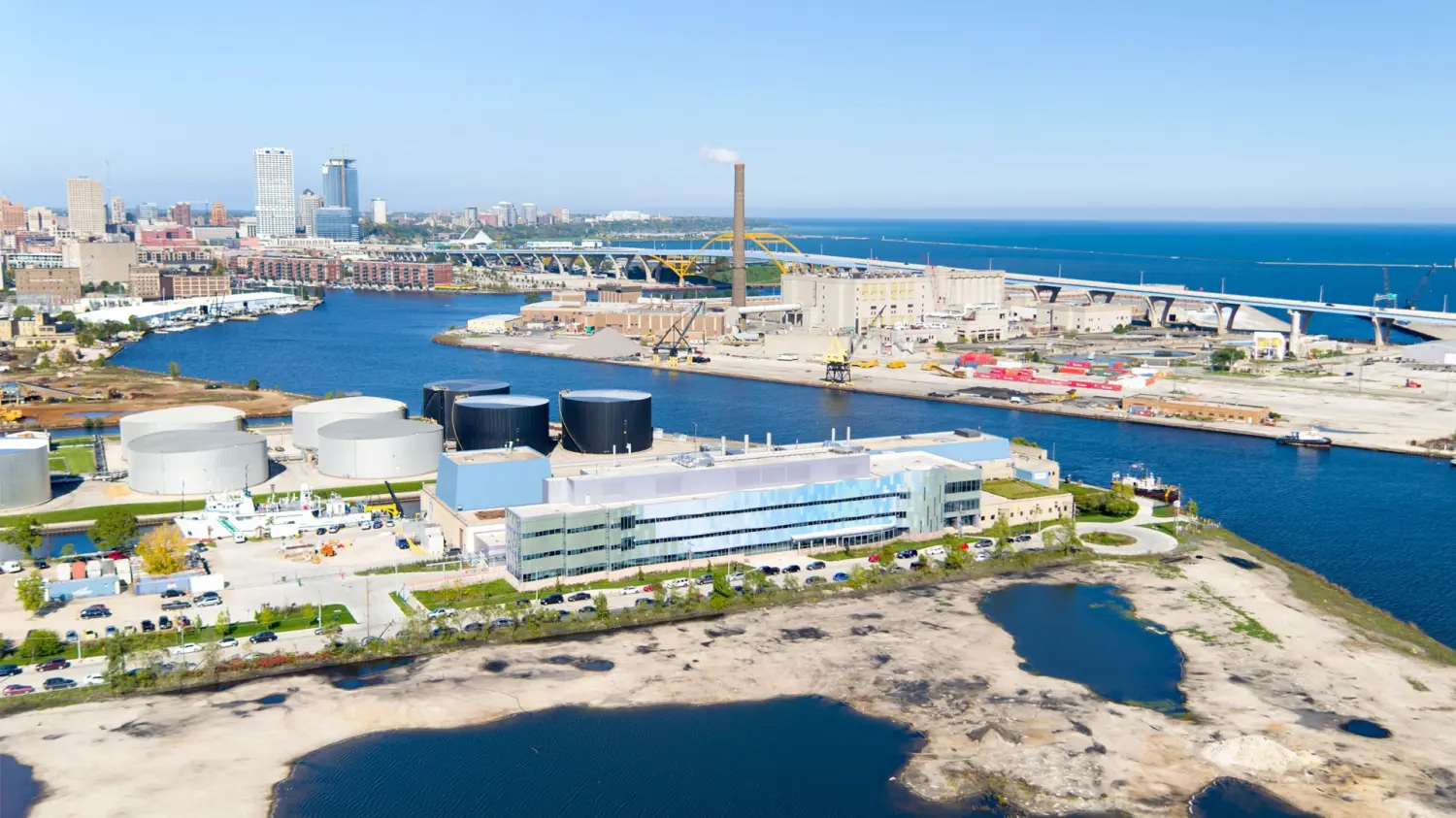The lackluster U.S. economy is delivering a humbling lesson about economic development: Top-line growth doesn’t ensure bottom-line prosperity. The potential of economic development is to do what markets alone cannot do: influence growth through action and investments.
Leaders in cities and metro areas have an opportunity to remake economic development—to adopt a broader vision of economic development that can deliver continuous growth, prosperity, and inclusion in cities and metro areas. While some creative and committed leaders and organizations are embracing this version of economic development, it needs to be further scaled up.
This requires understanding the purpose of economic development and getting both the markets and civics right:
The goal: To put a regional economy on a trajectory of higher growth (growth) that increases the productivity of firms and workers (prosperity) and raises standards of living for all (inclusion), thus achieving deep prosperity—growth that is robust, shared, and enduring.
The markets: Industry clusters form the foundation of regional economies. Different industries concentrate in certain metro areas to access specialized local assets—innovation and entrepreneurship, other firms in traded sectors, skilled labor, infrastructure, and governance—that enable them to be productive and generate income from the sale of their products and services. Economic development should prioritize building strong business ecosystems for core industries, improving the productivity of firms and people, and facilitating trade—the market foundations from which growth, prosperity, and inclusion emerge.
The civics: To get the markets right requires good civics: the work to organize and implement strategies and initiatives that engage stakeholders and partners to achieve long-term goals. A data-driven economic narrative and sense of urgency, networked leadership with high capacity organizations for implementation, and engagement of diverse stakeholders and perspectives to ensure strategies are inclusive are all essential.
The idea in practice: Five action principles
1. Set the right goals—expand the scope and metrics of economic development to reflect a more foundational and holistic understanding of how to expand the economy and opportunity
Related blog—To drive the economy, Minneapolis-St. Paul looks to the dashboard
2. Grow from within—prioritize established and emerging firms and industries, invest in the ecosystems of innovation, trade, talent, infrastructure, and governance to support globally competitive firms and enable small businesses to grow in the market
Related blogs—Accelerating Phoenix’s emergence as an innovation economy; When corporations and entrepreneurs collaborate
3. Boost trade—facilitate export growth and trade with other markets in the United States and abroad in ways that deepen regional industry specializations and bring in new income and investment
Related blogs—A global role for universities: Helping firms boost exports; Wichita looks to China for aviation trade boost
4. Invest in people and skills—incorporate skills development of workers as a priority for economic development and employers so that improving human capacities results in meaningful work and income gains
Related blogs—Memphis alliance tackling workforce challenges; In KY, manufacturers partner to bridge the skills gap
5. Connect place—catalyze economic place making and work at multiple geographic levels to connect local communities to regional jobs, housing, and opportunity
Related blog—Including inclusion: new approach to economic development in Upstate New York
Related Tool: The Metropolitan Solutions Map
The Metropolitan Policy Program’s solutions map features stories, lessons, and resources for people in cities and metro areas that are advancing the things that matter: making investments, building networks, and launching and stewarding initiatives that create an advanced economy for all.
Cover photo courtesy of VisitMilwaukee.org.








